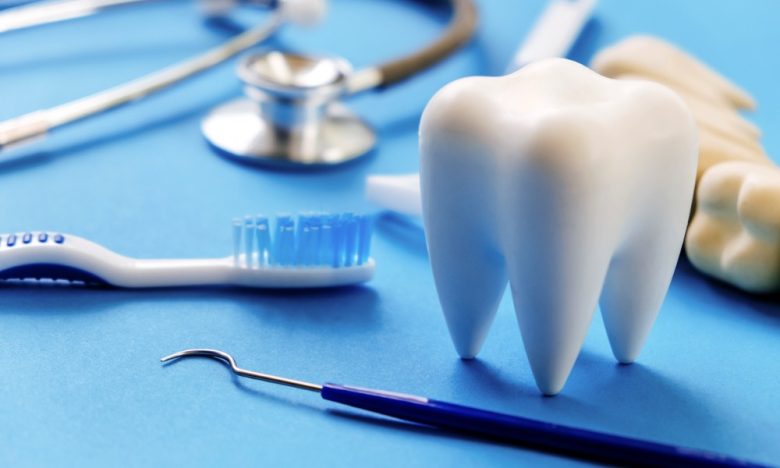Dental insurance reimburses for the cost of certain treatments. Like other types of insurance, it typically has a monthly premium and out-of-pocket costs called deductibles and copayments.
Typical dental plans include preferred provider organization (PPO) and dental health maintenance organization (DHMO) options. PPOs work like health insurance HMOs but provide more flexibility in choosing dentists and typically have a higher annual coverage limit than DHMOs.
1. Preventive Care:
The majority of dental insurance plans cover preventive care, including exams, cleanings, and x-rays. These procedures are typically covered with a low—or even $0—deductible.
Dental insurance also covers a range of basic and major procedures, though these are often subject to higher deductibles, coinsurance, or annual coverage maximums. These limitations may be applied to a specific procedure, such as fillings, or an entire class of treatments, such as crowns.
Some dental insurance plans, such as DHMOs, may not have an annual maximum, while others, like DPPOs, which tend to have larger networks, do. Plans may also include copayments, which are a flat fee per visit or treatment and do not count toward a deductible or coinsurance.
2. Basic Care:
Most plans include coverage for basic procedures like office visits, cleanings, x-rays, and fluoride treatments. However, they vary in which specific procedures they cover under these blanket categories.
Some policies require a deductible before they start paying for your care. Others have copays or coinsurance, which determines the percentage of the cost that you and your plan share once the deductible is met.
When choosing a dental insurance policy, consider its yearly maximum (how much the plan agrees to pay toward your care in a given year) and whether it has a waiting period for major procedures. Also, make sure your dentist is part of the plan’s provider network.
3. Major Care:
Many dental plans cover basic procedures in full or with a copay, while the cost of major services is often partially or fully covered. Major services may include fillings, extractions, and dentures.
Most plans have an annual maximum, which is the limit on how much your plan will pay for coverage during a year. When you reach this limit, you are responsible for the remaining costs.
Some plans have a deductible, which is the amount you and your insurance share until you meet the annual maximum. Other plans have coinsurance, which is a percentage of the cost that you and your plan split after meeting your deductible. Some plans don’t have a deductible, such as a DHMO, while others require you to select a provider network like a DPPO.
4. Endodontics:
Dental insurance plans have a variety of components, such as deductibles, copays, and coinsurance. Some plans have a maximum amount that the plan will pay for a procedure in a year, known as the annual maximum. Other plans have different reimbursement levels based on the type of treatment, such as class III procedures (inlays, onlays, and crowns), which are reimbursed at the lowest percentage level.
Individual dental plans are typically offered through employers or purchased individually. The most common types of dental insurance plans are Preferred Provider Organizations (PPOs) and dental health maintenance organizations (DHMOs). Most dental PPOs follow the standard 100/80/50 payment structure, which means they will cover 100% of preventive care, 80% of basic procedures, and 50% of major procedures.
5. Oral Surgery:
Most dental insurance plans have a yearly maximum that they will pay for procedures. Some dental plans (such as DPPOs) have a deductible, while others (like DHMOs) do not.
Many dental plans have a network of dentists who work with the insurer to provide services at a discounted rate. These are known as participating providers. These providers have a contract with the plan to offer their services for a fixed fee, which the insurance company will then reimburse. Most dental PPO plans follow the 100/80/50 payment model, which pays 100% for preventive care, 80% for basic care, and 50% for major care.
6. Periodontics:
Dental insurance reimburses a percentage of the cost of treatments for teeth and gum care. It can cover preventive procedures like biannual cleanings and X-rays and basic care, which treats minor to moderate damage or decay.
Most plans have a fixed fee, called a premium, that you pay to have the plan cover part of your costs. Many also have deductibles, which you must meet before the plan starts to pay. They may have copayments, which you must pay at the time of a visit, or coinsurance, which is a fixed percentage of the costs of the procedure. Plans may also have yearly maximums or waiting periods.
7. Implants:
Dental implants require specialized treatment from a doctor who specializes in treating conditions of the mouth, jaw, and face (oral and maxillofacial surgeon), a dentist who treats the structures that support teeth, gums, and bones (periodontist), or a dentist who designs and fits artificial teeth (prosthodontist). These procedures are rarely covered by dental insurance.
Insurance plans may have deductibles and copays that you pay when you receive services. These fees vary by plan type, such as DPPO and DHMO, and by insurance carrier.
Dental insurance is available on the Marketplace and through some employers. To compare dental plans, click the button below and answer a few simple questions about your income and household.
8. Orthodontics:
Dental insurance plans have deductibles, copays, and annual coverage maximums. These can vary widely between plans.
Dental DPPO plans typically have lower yearly maximums than Dental HMO plans. They also offer the flexibility to see any participating dentist without a referral.
Individuals can buy dental insurance through their employer or a health benefits exchange. They can also purchase dental insurance directly from a private insurance carrier. Most Marketplace plans are PPOs that have a low premium, but they require a deductible and may have different annual coverage limits. They also have a fixed fee, or copayment, that enrollees pay at each visit. Many also have a dental deductible and/or coinsurance.




